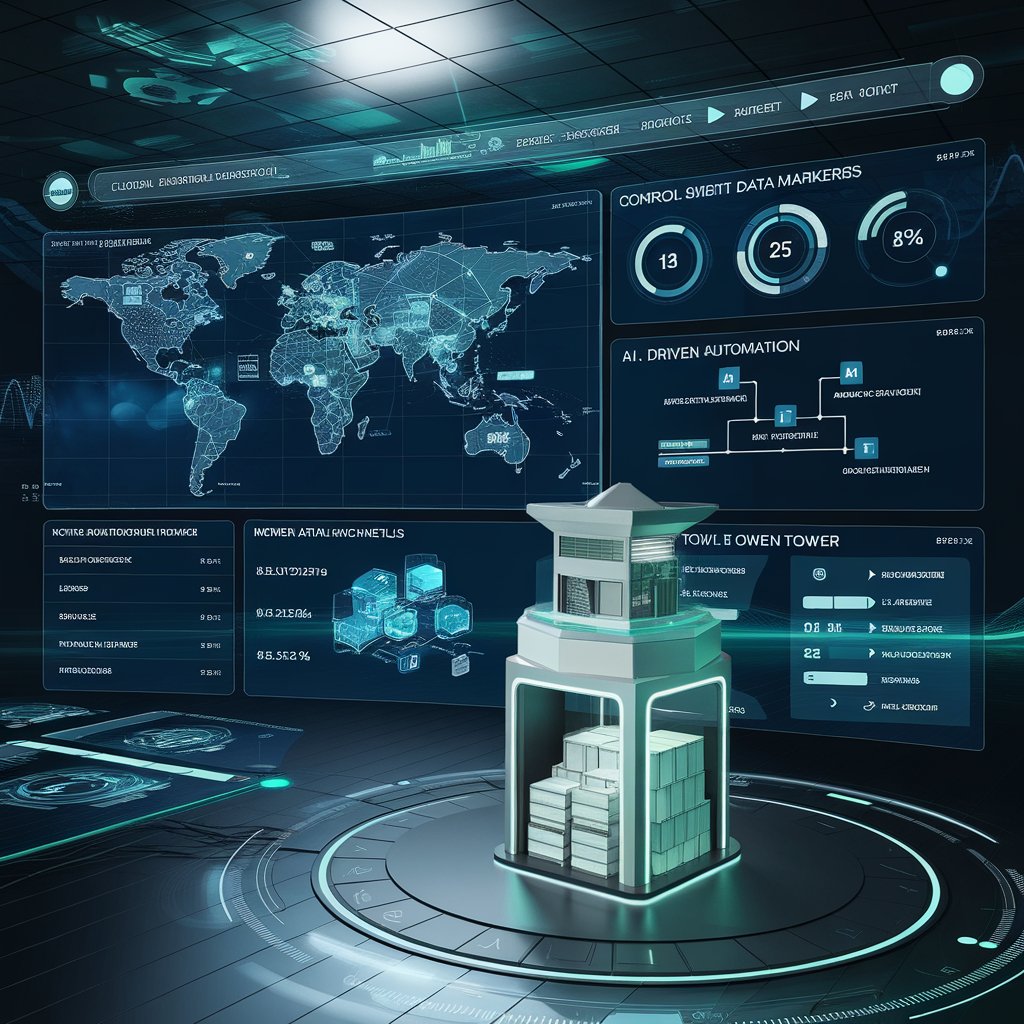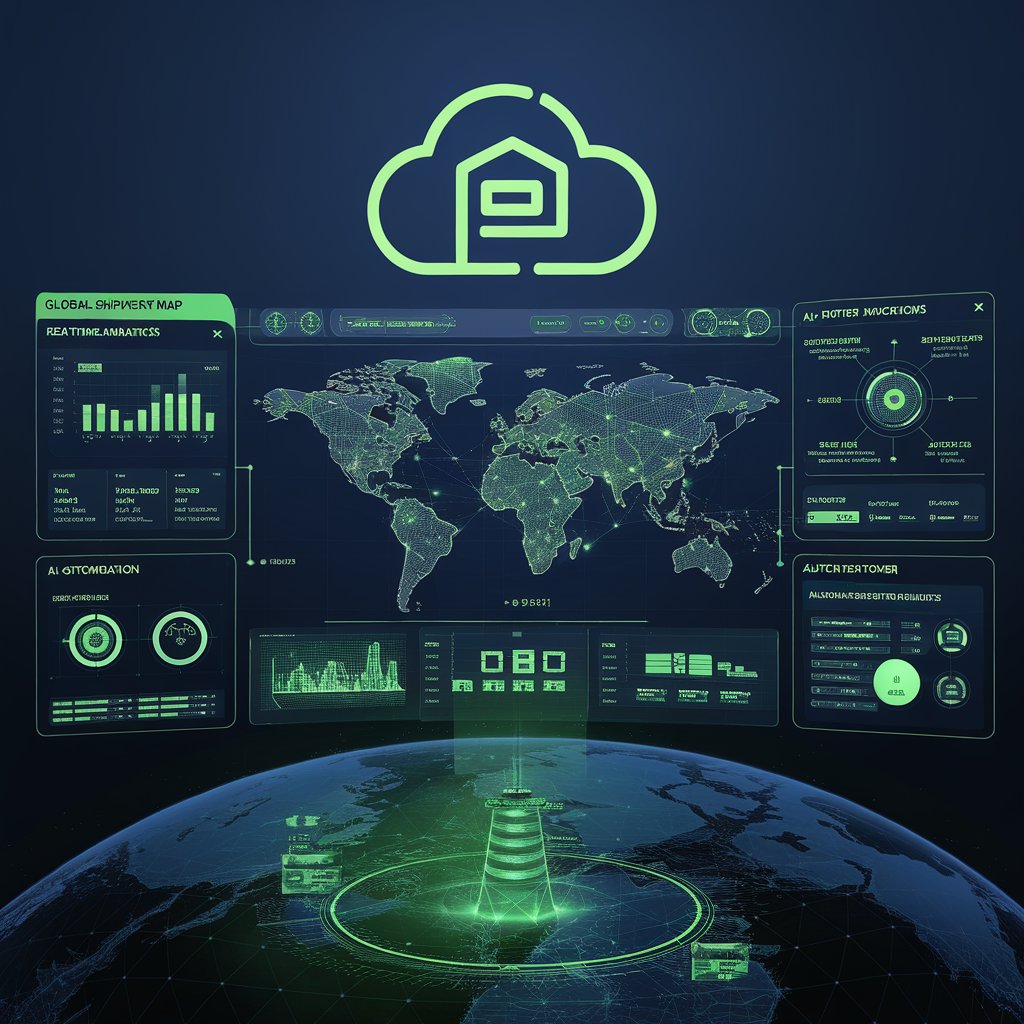Cloud Logistics Control: Centralized Intelligence for Modern Supply Chains
But when this coordination relies on disconnected tools or spreadsheets, delays, errors, and blind spots appear fast.

Introduction
That’s why Linbis built cloud logistics control — a platform designed to connect every logistics process into one intelligent, automated ecosystem.
It’s not just software — it’s a control tower for your entire supply chain.
Step 1: Unified Cloud Architecture
Linbis connects all logistics operations under a single cloud environment:
- Freight management: bookings, documentation, and carrier tracking.
- Warehouse operations: inventory, storage, and order fulfillment.
- Transport scheduling: route planning and dispatch control.
- Customer management: quotes, invoices, and status notifications.
All data flows automatically through the cloud, eliminating silos and giving every team a real-time, synchronized view of the supply chain.
Step 2: Real-Time Visibility and Control
With Linbis, managers can see — and control — operations in real time:
- Live shipment maps with dynamic ETAs.
- Inventory tracking across multiple warehouses.
- Fleet status and route performance dashboards.
- Custom alerts for delays, exceptions, or compliance issues.
This level of visibility allows companies to react before problems escalate, keeping operations agile and customer satisfaction high.
Step 3: Intelligent Automation Workflows
Cloud logistics control isn’t just about visibility — it’s about action.
Linbis automates repetitive and time-sensitive tasks:
- When a booking is confirmed, documents and invoices are generated automatically.
- When a shipment clears customs, status updates are sent instantly.
- When a delay is detected, alerts and reassignments are triggered.
- When cargo is delivered, proof of delivery and billing are processed automatically.
Every department — from operations to accounting — stays in sync through smart workflows.

Step 4: AI-Driven Decision Support
Linbis uses AI and predictive analytics to guide decisions across the supply chain:
- Forecasts shipment demand and transport capacity.
- Predicts delays caused by traffic, weather, or port congestion.
- Suggests optimal routes and carrier choices.
- Monitors KPI performance trends automatically.
This transforms cloud logistics control into a proactive system that anticipates challenges instead of simply reacting to them.
Step 5: Scalability and Multi-User Collaboration
Because Linbis runs fully in the cloud, it scales effortlessly across operations and teams:
- Multi-branch and multi-region support.
- Role-based permissions for data security.
- Collaborative dashboards for teams and partners.
- No hardware or installation required — access anytime, anywhere.
Whether it’s a single warehouse or a global logistics network, Linbis provides centralized control without complexity.
Step 6: Performance Analytics and Optimization
Linbis tracks performance across every process automatically:
- Delivery reliability, cost per shipment, and route efficiency.
- Warehouse turnover and space utilization.
- Customs and documentation cycle times.
- Financial metrics tied directly to operations.
Through integrated dashboards, managers can identify inefficiencies, benchmark results, and continuously improve operations.

Advanced Features
- AI-based logistics control tower.
- Real-time visibility dashboards for global operations.
- Predictive analytics and automation triggers.
- Multi-system integrations (ERP, TMS, WMS, CRM).
- Custom KPI reporting and forecasting tools.
Real-World Example 🚛
A freight forwarder in Panama implemented Linbis cloud logistics control across its import/export operations.
In just 4 months:
- Visibility across shipments improved by 45%.
- Manual coordination tasks dropped by 60%.
- Customer updates were fully automated.
Now, every process — from booking to delivery — runs through a single, cloud-based command center powered by Linbis.

Benefits 📈
- Centralization: Manage all logistics operations from one platform.
- Visibility: Gain real-time tracking and performance insights.
- Automation: Streamline tasks and reduce manual work.
- Scalability: Expand globally without IT complexity.
- Intelligence: Leverage AI for smarter, data-driven decisions.
Conclusion
With cloud logistics control, Linbis redefines how logistics teams manage operations.
By integrating AI, automation, and cloud connectivity, it gives companies complete control and instant visibility over their supply chains — no matter where they are.
In the era of connected logistics, Linbis turns complexity into clarity, empowering businesses to operate smarter, faster, and globally.
